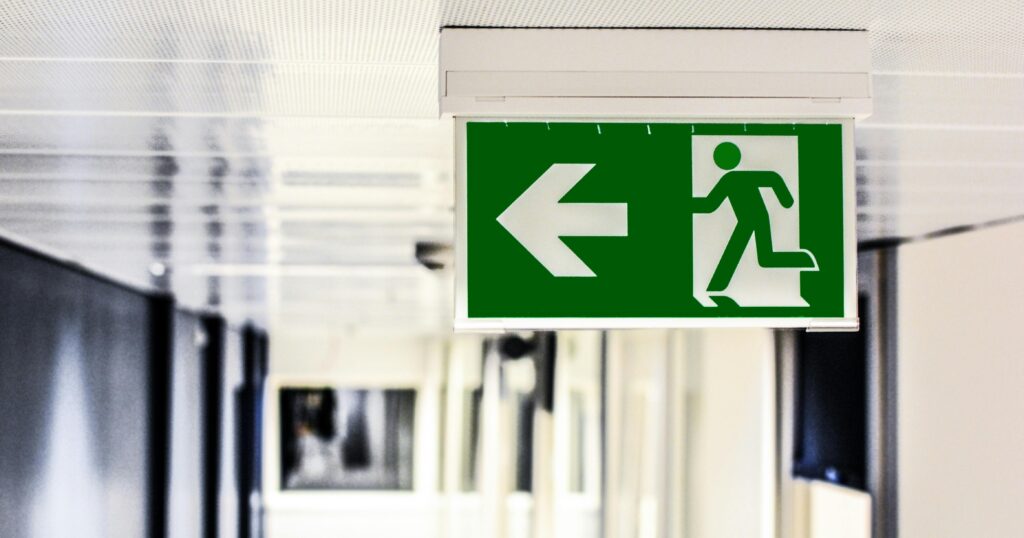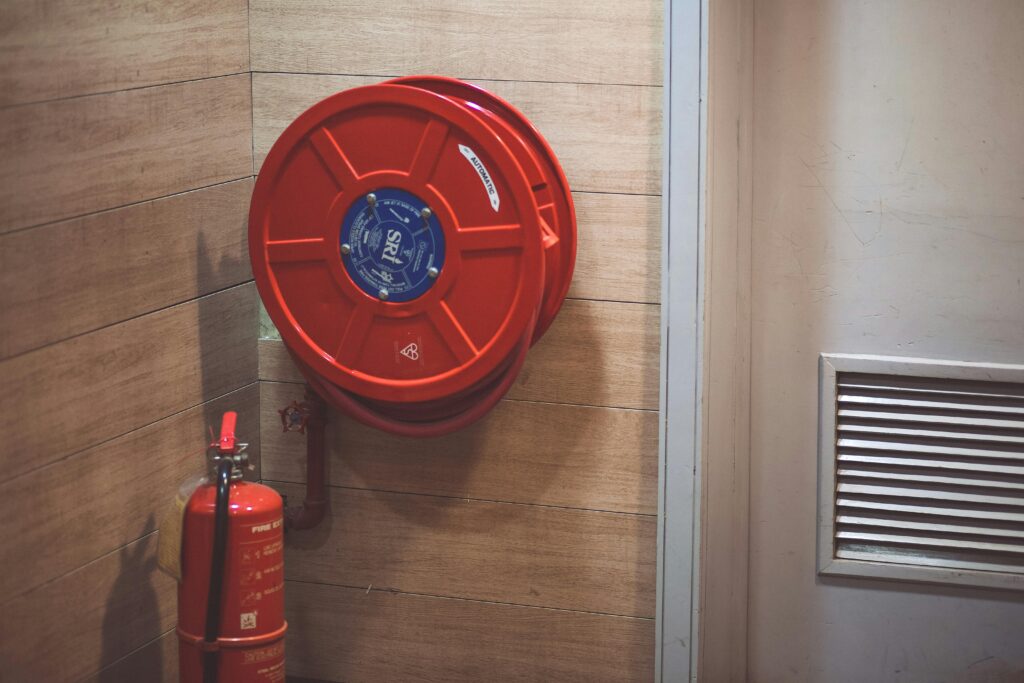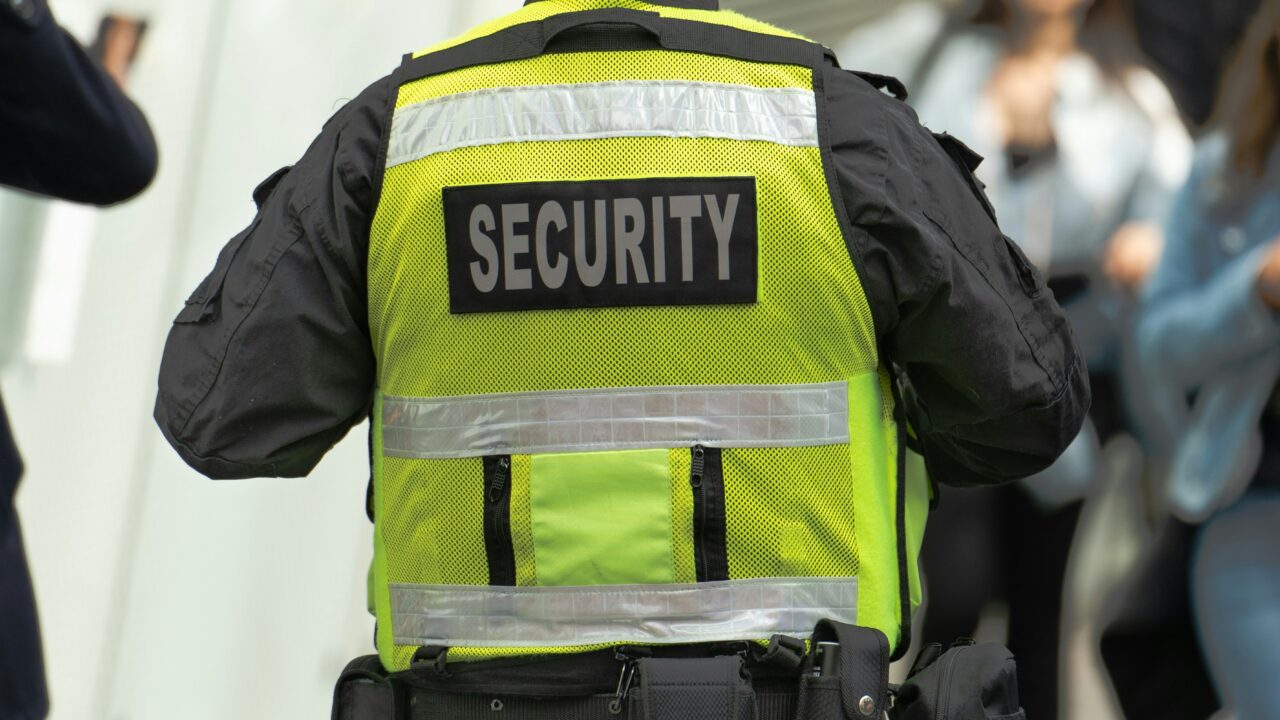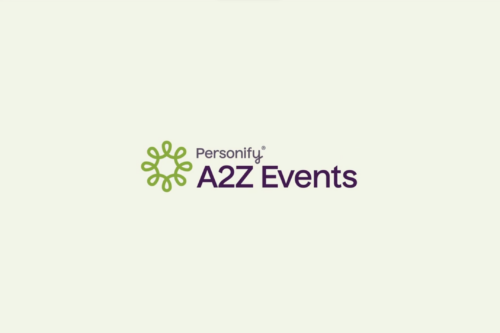As you plan your next trade show or conference, your team puts in hours to build an event that will run like a well-oiled machine. However, operating in the background, your team will need to build your event safety plan and make sure this remains a high priority, alongside finding the best speakers, recruiting participants, and marketing.
Your event safety management plan ensures that your event avoids minor and major problems due to safety and health issues. This provides better security and an improved experience for your attendees and protects your business by ensuring that you abide by all major regulations and have not left yourself vulnerable to lawsuits.
If you haven’t reviewed event health and safety before, we will break down what you need to know and how you can create an effective plan for your upcoming corporate event.
Understanding the Importance of an Event Safety Plan
Safety and health management touch on all areas of event planning. In 2021, the performer Travis Scott saw firsthand the importance of features like crowd management during a performance when an aggressive crowd led to a crowd surge that killed 10 people. Crowd management is a critical component of safety at events of all types.
Risks like illness, terrorism, fire, and medical emergencies also need to be factored into all types of event management. In 2024, the crowd management and event security investment is estimated to reach $1.57 billion, and will continue to grow until it reaches nearly $10 billion by 2036 as businesses look to provide better security measures for their events.
Key Components of an Event Safety Plan
When considering event safety, your plan should include a few major components to help you produce a thorough preparation guide for your team.
Risk Assessment

You will start with your risk assessment. During this preparation phase, the team will review the guidelines and regulations put forth by different bodies to help you better understand the risks associated with your type of event and what regulations will apply to your business. Begin by checking:
- OSHA regulations
- ADA regulations
- National Fire Protection Association laws
- Any state guidelines or laws
- American National Standards Institute
Each of these will help you target different areas of risk management and safety regulations, such as fire hazards, accessibility guidelines, and equipment protection. These guidelines will help you understand how the size and type of your venue, including whether your event will be inside or outside, will impact your risks and the laws that apply.
After you review the regulations, you should consult with your event safety management team and discuss your unique event.
As you consider your particular factors, start listing your potential risks. This will include areas such as:
- Crowd management, how many are likely to be in attendance, and how the venue layout impacts crowd management
- Event activities and whether or not alcohol will be available
- How you will plan for medical emergencies, such as the use of first aid stations and your coordination with local paramedics
- Fires and how the venue’s fire suppression system works and your evacuation routes
- Weather and what you would do in the event of extreme weather or other reasons for evacuation.
- Equipment and data security and risks to user data while at your event
- Security and access to the event.
As you enumerate the potential risks for your event, you will want to determine which occurrences would be the most disruptive and which ones have the highest likelihood of occurring. Your plans should reflect how you assess these risks while also aligning with the necessary guidelines and laws.
After you conduct your risk assessment for your specific event and venue, you want to begin detailing important components of your safety plan.
Emergency Procedures

Your event safety plan will include insight into your emergency procedures for your most likely risks and how your plan will operate. To build your emergency response procedures, follow these steps.
- Examine your risk assessment to see which risks should receive most of your resource planning.
- List the applicable laws and guidelines you will need to consider for your event.
- Determine all evacuation routes in the event of a fire or other emergency.
- Create a communication strategy for your team, including how you will relay information between each other, who is in charge of contacting authorities or paramedics in an emergency, and when and how you will communicate with event participants. Have a backup plan for communication in case of technology disruption, such as email or telephone lines going down.
- Know what types of personnel you will have on-site, from organizers to security to medical personnel, and the role of outside emergency personnel in the event of a problem.
Health and Safety Protocols
While building your safety plan, detailing the health and safety precautions also plays an important role.
- Articulate the hygiene protocols you will take, from the venue’s air circulation to your caterer’s food preparation and safety plans. Know what the venue offers for food preparation and preservation.
- Know the plan for crowd management, including the number of people the venue can hold– don’t forget to count your internal team members!
- First aid readiness, including how many first aid people you will have on staff, their training, and when they contact outside paramedics.
Security Measures
Also, articulate your plan for keeping your attendees and their data safe.
- Know the access points to the venue and how you will monitor people going in and out.
- Determine the rules for who can access the event and how you will restrict that access.
- Have a plan for surveillance so you can detect threatening or otherwise abnormal behavior. This could range from someone with terroristic intentions to tempers flaring between two attendees.
- How you will coordinate with law enforcement in the event of a problem.
Developing an Event Safety Management Plan
Now that we have walked through the important components of an event safety management plan, let’s consider important components in developing these guidelines.
Roles and Responsibilities
Within your plan, break down the different roles and responsibilities within the security team for your event. When everyone knows where their responsibilities lie, it reduces the risk of the bystander effect and improves the proper management of emergencies. Here are some key people and groups you will likely want to outline.
- Event safety management team: This is the person or small group that organizes safety plans and coordinates safety precautions throughout the event.
- Security personnel: Your trained professionals who can help monitor the event and assist with crowd control, event access, and evacuations.
- First aid personnel: Those who work at first aid stations and coordinate with outside paramedics when needed.
- Law enforcement: Outside professionals who can help with traffic control and security in some situations. If you have a significant problem, they can also help with safety, evacuations, and crowd management.
- Cybersecurity experts: Your professionals who will ensure that data remains secure during the event.
Training and Drills
While organizing your team and safety personnel is the first step, the best way to ensure everything runs smoothly if a problem occurs is to conduct staff training and safety drills. Your training and drills should focus on the events most likely to occur and those that will be the most disruptive to the event. For example, you will likely include:
- Practicing your emergency communication systems
- Walking through your fire and emergency evacuation routes
- Updating the training for any event staff who will manage security or first aid stations
- Having staff practice responding to different types of emergencies, such as someone fainting or having a heart attack during the event.
Drills help everyone feel more confident in the event of an emergency, so people know what to do and where to go.
Best Practices for Event Health and Safety
As you work to improve the safety and security at your next event, consider these important factors.
- Choose a venue that suits your size crowd and the type of event. Avoid spaces that can cause crowd surges or other high-risk scenarios.
- Safety should be a primary concern from the first meeting and included in all steps of your event planning. Do not add it as an afterthought at the end of your event preparation.
- Remember to think through any special considerations for your event, such as if you will welcome children, serve prepared food, offer alcohol, or any other unique situation.
- Make sure the training and drills you run reflect your unique event.
Implementing and Reviewing Your Event Safety Plan
Once you have finished creating your health and safety plan, ensure all your staff and volunteers at the event are familiar with it. Have them participate in any drills applicable to their responsibilities and give them the chance to comment on your components. If they find any precautions confusing or insufficient, take their comments under advisement and consider adjustments if appropriate.
As the plan is enacted, monitor its effectiveness. For example, see how well your communication system reaches the rest of your team and event attendees when needed. Check in with security personnel to ensure they have not had trouble controlling access to the event. Speak with any vendors to make sure the guidelines are followed.
Monitoring and Evaluation
As you monitor your health and safety plan, note any shortcomings or where the team has trouble sticking to the plan. Have a process in place for troubleshooting so you can make potential adjustments when possible to improve the plan.
After the event, carefully evaluate your success. Look at how the event ran and how well your team managed any problems. Use this insight to improve your plan for future events.
Continuous Improvement
As you look forward towards future events, you want to keep the lessons learned from earlier health and safety plans in mind. Preparing for future events should include reviewing your evaluations of past health and safety plans as well as any new regulations to continually create improved, secure events moving forward.
Keep Your Event Secure
Creating a health and safety plan is a critical component of modern event planning. These plans help your events run smoothly, protect your attendees, and safeguard your business. If you are preparing an event, start thinking about the applicable event safety strategies today and create a plan that will adequately protect all those involved.










